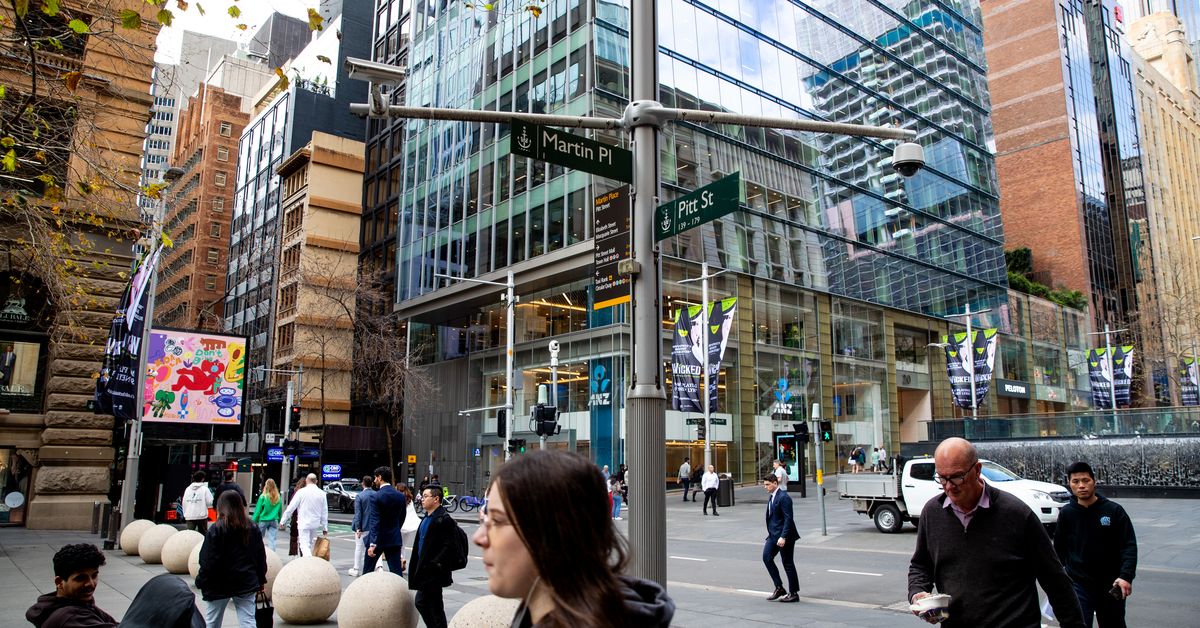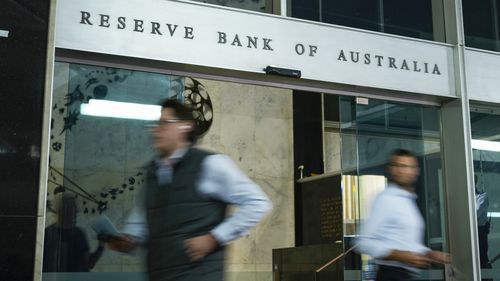Unemployment rate plunges on back of massive jobs growth

- by Admin
- March 21, 2024

Australia’s unemployment rate has fallen sharply to 3.7 per cent, a large drop from last month’s figure of 4.1 per cent that, while positive news for the economy, lessens the chance of an interest rate cut anytime soon.
The decrease comes on the back of the economy adding a significant 116,000 new jobs in February, according to the Australian Bureau of Statistics (ABS) – far higher than market predictions of around 40,000-50,000.
“With employment growing by around 116,000 people, and the number of unemployed falling by 52,000 people, the unemployment rate fell to 3.7 per cent,” Bjorn Jarvis, ABS head of labour statistics, said.
“This was around where it had been six months earlier.”
The ABS said the larger-than-expected drop was due in part to a high number of people who had found work in December and January but whose jobs didn’t actually start until February.
“In 2022 and 2023, around 4.3 per cent of employed people in February had not been employed in January,” Jarvis said.
“In 2024 this was higher, at 4.7 per cent, and well above the pre-pandemic average for 2015 to 2020 of around 3.9 per cent.
“In contrast, we again only saw around 3.1 per cent of employed people in January leaving employment by February, which was similar to last year and has remained relatively constant over time.
“This shows that there is a wider gap than we would usually see between the numbers of people entering employment and leaving employment.

“In addition, in looking ahead to next month, the number of people in February waiting to start work in March was back to around what we would usually see.”
The jobs figures, while positive news for the state of the economy, mean the Reserve Bank is less likely to cut interest rates in the near future.
“The board will continue to pay close attention to developments in the global economy, trends in domestic demand, and the outlook for inflation and the labour market,” the RBA’s monetary policy statement on Tuesday said.
“The board remains resolute in its determination to return inflation to target.”
However, while the jobless figures for February were an improvement from the month before, Harry Murphy Cruise, an economist at Moody’s Analytics, said it is likely to increase again soon and reach 4.5 per cent by the end of the year.
“Recent monthly labour force movements are gobbledygook,” he said.
“Looking at the trend estimates of the data paints a much clearer. The labour market is ever-so-slowly weakening, with unemployment edging higher over the past 12 months…
“That said, the fact trend unemployment has largely held steady since September is a remarkable outcome, especially when combined with the rapid improvement of inflation over the same period.
“Unfortunately, the recent pause is unlikely to continue. The reason is two-fold.
“First, the slowing Aussie economy will hold back the pace of new job creation. To be clear, that’s slowing job creation, not falling jobs; close to a quarter of a million jobs are on track to be created this year.
“Second, strong population growth will push labour supply higher. With population growth outpacing new job creation, unemployment will likely nudge 4.5 per cent by the end of 2024.”
The Latest News
-
December 22, 2024Time for the Swedish chef: Ikea’s furniture profits are down in Australia, but food sales are booming
-
December 22, 2024Carlos Alcaraz and Matteo Berrettini exchange messages after practising together ahead of the Australian Open
-
December 22, 2024AFL legend Aaron Shattock placed in induced coma following freak accident while operating an excavator
-
December 22, 2024Test discard brings the heat after Boxing Day axing
-
December 22, 2024Australian cricket team at MCG: Near 60% win record, unbeaten for three years | Cricket News – Times of India






